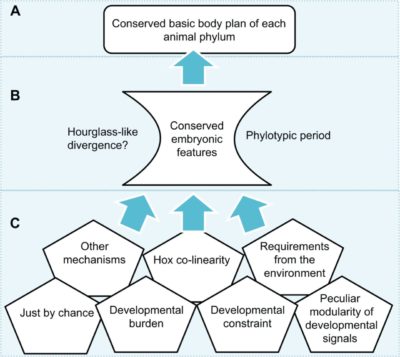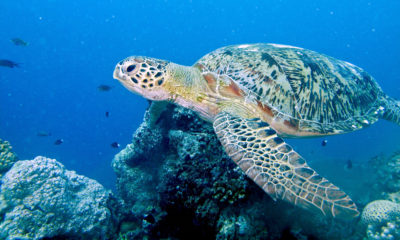 Embryology plays a critical role in Charles Darwin’s theory of evolution. The “leading facts in embryology … [were] second to none in importance,” he argued in The Origin of Species.
Embryology plays a critical role in Charles Darwin’s theory of evolution. The “leading facts in embryology … [were] second to none in importance,” he argued in The Origin of Species.
Illustrations of embryos by Ernst Haeckel, a German biologist, influenced Darwin. Haeckel’s drawings depict embryos repeating the steps of evolution, a concept known as the “ontogeny recapitulates phylogeny” theory.
It is believed that genes drive evolution through the process of natural selection. Since turtles have a unique body plan, studying the turtle genome during embryonic development is expected to give insight into their origin.
Zhuo Wang of BGI-Shenzhen, China, led the first team to study the genetics of embryonic turtle development. Their paper, “The draft genomes of softshell turtle and green sea turtle yield insights into the development and evolution of the turtle-specific body plan,” was published in the prestigious journal Nature Genetics.
Turtles are evolutionary marvels, possessing a unique body plan and a shell considered one of the most intriguing structures in the animal kingdom. Using next-generation DNA sequencers, researchers from nine international institutions have successfully decoded the genomes of the green sea turtle and Chinese softshell turtle and studied the expression of the embryonic turtle genome.
The purpose of the study was to identify the “evolutionary origin of the turtle.” The green sea turtle (Chelonia mydas) (pictured left) and the Chinese softshell turtle (Pelodiscus sinensis) (pictured right) were the two species selected 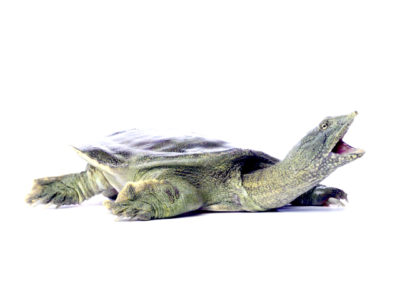 for the study. While the green sea turtle is a migratory marine herbivore, the Chinese softshell turtle is a non-migratory fresh or brackish water carnivore.
for the study. While the green sea turtle is a migratory marine herbivore, the Chinese softshell turtle is a non-migratory fresh or brackish water carnivore.
The specific goal of the study was to search for evidence to establish the turtle’s ancestry. As Wang explains –
“To clarify the evolution of the turtlespecific body plan, we first addressed the question of the evolutionary origin of the turtle by performing the first genome-wide phylogenetic analysis with two turtle genomes sequenced in this project (the green sea turtle, C. mydas, and the Chinese softshell turtle, P. sinensis).”
Study Design
To clarify the evolution of the turtlespecific body plan, the team first addressed the question of the evolutionary origin of the turtle. The investigation studied the orthologous set of 1,113 singlecopy coding genes in the two turtles. The team performed a genome-wide phylogenetic analysis of the two turtle genomes, examining both the physical and genomic characteristics of the turtles.
Specifically, the team studied the olfactory and taste perception genes, as well as their orthologous genes. Orthologous genes are genes found in different species, while nonidentical, thought to be traceable to a common ancestor – the goal of the study.
Olfactory and Taste Perception Genes
For the olfactory and taste perception genes, while the team found the olfactory receptor family “highly expanded in both turtle species,” the taste perception genes were lost in the two turtle species.” These genes, however, were not useful in identifying the turtle’s origins.
Hourglass Model
While embryogenesis was compatible with the “hourglass model of evolution” (pictured right), the evidence did not reach statistical significance as expected.
Ortholog Genes
Of the ortholog genes, surprisingly, the team found “the loss of many orthologs that are known to be important for normal development in different species.”
The 233 genes studied, though, showed “turtlespecific [patterns]… clarifying the genomic nature of turtlespecific morphological oddities.” The upper and lower shell is the primary oddity, also known as the carapacial ridge.
Of these orthologous genes, the team investigated two critical factors involved in embryogenesis, the Wnt5a gene and the carapacial ridge–specific microRNA (miRNA) genes. The Wnt5a gene regulates cell fate and patterning during embryogenesis. For the Wnt5a gene, the team noted regarding evolution –
“[the] hypothesis [evolution] has to be considered with caution, particularly because we still lack functional evidence of Wnt5a involvement in carapacial ridge formation.”
For the miRNA acting on vital cellular processes, such as cell differentiation during embryogenesis, the team noted –
“no definitive conclusion can be made regarding the functions of these miRNAs.”
Study Summary
Wang’s summary explains their interpretation and implications of the study using the turtle genome –
“In summary, our study both highlights the evolution of the turtle body plan and offers a model to explain, at the genomic level, how the vertebrate developmental program can change to produce major evolutionary novelties in morphological phenotypes.”
While the results offer a model of evolution, the evidence failed to reach statistical significance – intensifying the Darwin Dilemma. The turtle genome failed to provide evidence of evolution using the turtle genome and was unable to give any insight into the origin of turtles.
Critical statements in the report include –
- As for the Wnt5a involvement, the “hypothesis has to be considered with caution… [due to the] lack of functional evidence.”
- As for the role of miRNA, “no definitive conclusion can be made.”
More importantly, scientific evidence failed to address the primary purpose of the study – to determine the “evolutionary origin of the turtle.” Scientific evidence from the turtle genome failed to validate the origin and evolution of the turtle using next-generation DNA sequencers.
Embryological Role in Evolution
Wang’s research team tested Darwin’s “ontogeny recapitulates phylogeny” theory to identify the “evolutionary origin of the turtle.” Even using advanced technologies, however, the team could not scientifically validate Darwin’s theory nor identify the “evolutionary origin of the turtle.”
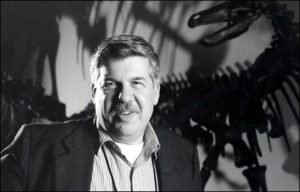 Leading American paleontologist of the twentieth century, Stephen Gould (pictured left), while viewing Haeckel’s embryos as “the single most familiar illustration in the history of biology,” noted –
Leading American paleontologist of the twentieth century, Stephen Gould (pictured left), while viewing Haeckel’s embryos as “the single most familiar illustration in the history of biology,” noted –
“Haeckel had exaggerated the similarities by idealizations and omissions. He also, in some cases—in a procedure that can only be called fraudulent—simply copied the same figure over and over again.”
Darwin’s “ontogeny recapitulates phylogeny” theory has long endured a history of critics. Including leading twentieth-century British embryologist Gavin de Beer, who explained –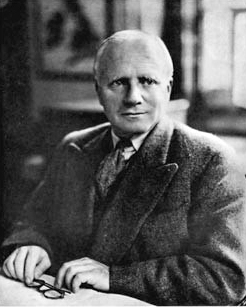
“Recapitulation, the pressing back of adult ancestral stages into early stages of development of descendants, does not take place.”
American paleontologist George Gaylord Simpson, one of the most influential evolutionary paleontologists of the twentieth century, noted –
“It is now firmly established that ontogeny does not repeat phylogeny.”
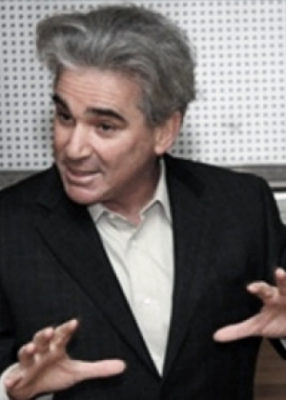 Princeton University professor of genomic and molecular biology, Michael Levin (pictured left), concludes –
Princeton University professor of genomic and molecular biology, Michael Levin (pictured left), concludes –
“Deciphering and learning to control shape is… arguably the fundamental problem of biology and medicine.”
For Beverly A. Purnell, senior editor of the journal Science, understanding embryology remains beyond the reach of science –
“Transforming a single fertilized egg into a complex animal is a marvel and a mystery.”
Niles Eldredge (pictured right) of the American Museum of Natural History has lamented the problems with molecular biology and embryology, noting –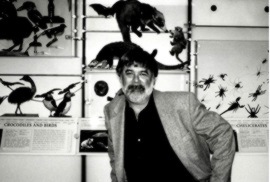
“the past 50 years, advances in molecular and developmental biology have outstripped a truly integrated synthesis of evolutionary theory.”
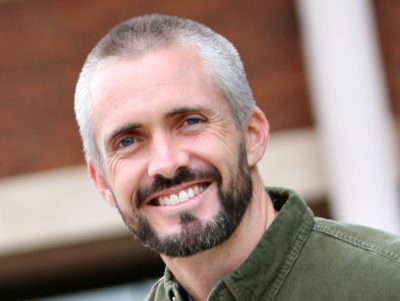 Alan C. Love (pictured left), professor of philosophy at the University of Minnesota, presses the problem further –
Alan C. Love (pictured left), professor of philosophy at the University of Minnesota, presses the problem further –
“My account also meshes with the recognition that a fully unified view of evolutionary processes may be out of reach.”
Genesis
The turtle genome, while once hoped to reveal the secrets of evolution, has failed to validate the theory of evolution scientifically. Evidence from the turtle genome, however, is compatible with the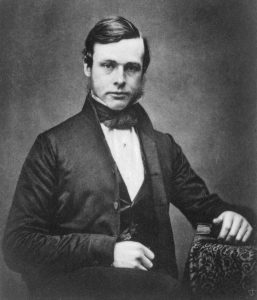 Genesis account written by Moses.
Genesis account written by Moses.
Joseph Lister (pictured right), a British surgeon, pioneered the practice of antiseptic surgery and applied Louis Pasteur‘s discoveries in microbiology to the practice of surgery. Lister, who dramatically reduced post-operative infections, morbidity, and mortality, declared during the Scientific Revolution –
“I am a believer in the fundamental doctrines of Christianity.”
Evidence from molecular biology underscores why the theory of evolution remains speculative but not scientifically valid.
Turtle Genome is a Molecular Biology article.
Darwin Then and Now is an educational resource on the intersection of evolution and science, highlighting the ongoing challenges to the theory of evolution.
Move On
Explore how to understand twenty-first-century concepts of evolution further using the following links –
-
- The Understanding Evolution category showcases how varying historical study approaches to evolution have led to varying conclusions. Subcategories include –
- Studying Evolution explains how key evolution terms and concepts have changed since the 1958 publication of The Origin of Species.
- What is Science explains Charles Darwin’s approach to science and how modern science approaches can be applied for different investigative purposes.
- Evolution and Science feature study articles on how scientific evidence influences the current understanding of evolution.
- Theory and Consensus feature articles on the historical timelines of the theory and Natural Selection.
- The Biography of Charles Darwin category showcases relevant aspects of his life.
- The Glossary defines terms used in studying the theory of biological evolution.
- The Understanding Evolution category showcases how varying historical study approaches to evolution have led to varying conclusions. Subcategories include –
2020 Updates
According to WIKIPEDIA (2020),
In the article entitled Turtle –
- “Their [turtles] exact ancestry has been disputed.”
- “Turtles possess diverse chromosome numbers (2n = 28–66) and a myriad of chromosomal rearrangements.”
In the articles Green sea turtle and Chinese softshell turtle, while they do not include a section on evolution, the Genetics sections, with links to Wang’s paper, state
“The genome of Pelodiscus sinensis was sequenced in 2013 to examine the development and evolution of the softshell turtle body plan.”
Evolution 101 of the University of California, Berkeley, does not discuss turtle evolution.
Smithsonian Institute does not discuss turtle evolution.
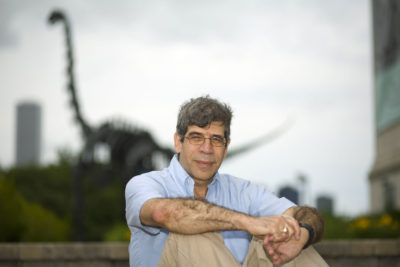 Jerry Coyne (pictured right), of the University of Chicago, in Why Evolution is True, includes one paragraph on turtles. For embryology, Coyne argues –
Jerry Coyne (pictured right), of the University of Chicago, in Why Evolution is True, includes one paragraph on turtles. For embryology, Coyne argues –
“Turtles, like all reptiles, are stuck with a development plan that limits their limbs to four.”
Does anyone take Jerry Coyne seriously?

